Ad Minoliti explore, depuis qu’elle a commencé à peindre, bien avant même de s’orienter vers la carrière artistique et de découvrir les théories féministes, des possibilités inexplorées de dialogue entre couleur, géométrie, sexualité, et politique.
Née à Buenos Aires en 1980, la jeune Ad perçoit très tôt qu’elle évolue dans un monde conçu par des hommes blancs cis, pour des hommes blancs cis, et que même l’art moderne et contemporain, qui devrait être progressiste et en rupture avec les mœurs patriarcales qui l’entourent, reproduit, avec ses propres codes et parfois avec une grande subtilité, cette partialité.
L’exposition Playboard se nourrit de l’expérience de The Feminist School of Painting que l’artiste a mise en place à l’automne dernier à la Fondation Kadist de San Francisco, pour sa première exposition institutionnelle aux États-Unis. Elle y avait produit un environnement plus proche du centre de ressources que de l’exposition traditionnelle. Dans cette école éphémère, se sont succédés sous sa houlette sept ateliers, chacun orienté sur un genre spécifique de la peinture. Le portrait, le paysage, l’histoire, la nature morte, le « petit genre » comme elle le nomme (et que nous appelons plutôt «scène de genre»), sont ainsi passés au crible, à travers une approche queer, par une assemblée d’artistes, d’auteures, et d’universitaires.
Genres que l’on retrouve, quelques mois plus tard, dans les peintures de l’exposition Playboard. Prenons le portrait, représentation d’une personne identifiée, longtemps cantonné aux figures ayant une certaine importance sociale. Chez Minoliti, il révèle un personnage géométrique indéterminé - sans origine, sans genre, sans classe, à mi-chemin entre le cyborg de Donna Haraway et le robot des mangas de son enfance, qui colonise des forêts exagérément tropicales (Selvas) aux paysages spatiaux que l’artiste produit pour la première fois (Abstraccion geometrico galactica / Geometries on Space). Le paysage, justement, dont le mot lui-même s’est formé ainsi car il est étroitement lié à la représentation du pays. Il se retrouve ici propulsé dans l’espace, empruntant ses formes aux propositions de colonies spatiales illustrées que la NASA commandait à des artistes dans les années 70, exportant au-delà de la sphère terrestre le White American Way of Life. Contaminé cependant par les figures techno-féministes de Minoliti.
Du grand genre, on retrouve les Furies, divinités des Enfers chez les Romains, chargées d’exécuter sur les coupables la sentence des juges terrestres et les Cyclopes, qui ponctuent l’exposition de leur oeil omniprésent, qui se confond avec celui, plus espiègle, du chat, autre figure récurrente de l’exposition. Le chat, souvent associé à la féminité dans l’espace intime et domestique, longtemps associé à la figure de la sorcière également, s’immisce partout comme un être malicieux, n’hésitant pas à renverser les codes et les conformismes.
Ensemble, les nouvelles séries de peintures de Minoliti construisent un itinéraire ludique, ponctué par des références à l’esthétique enfantine, comme un jeu de l’oie, délibérément tourné vers un futur (enfin) débarrassé des mythologies machistes, colonialistes, et suprématistes. Après avoir exploré un univers alternatif, post-genre et non-humain, voilà que l’artiste s’attaque au futur des genres.
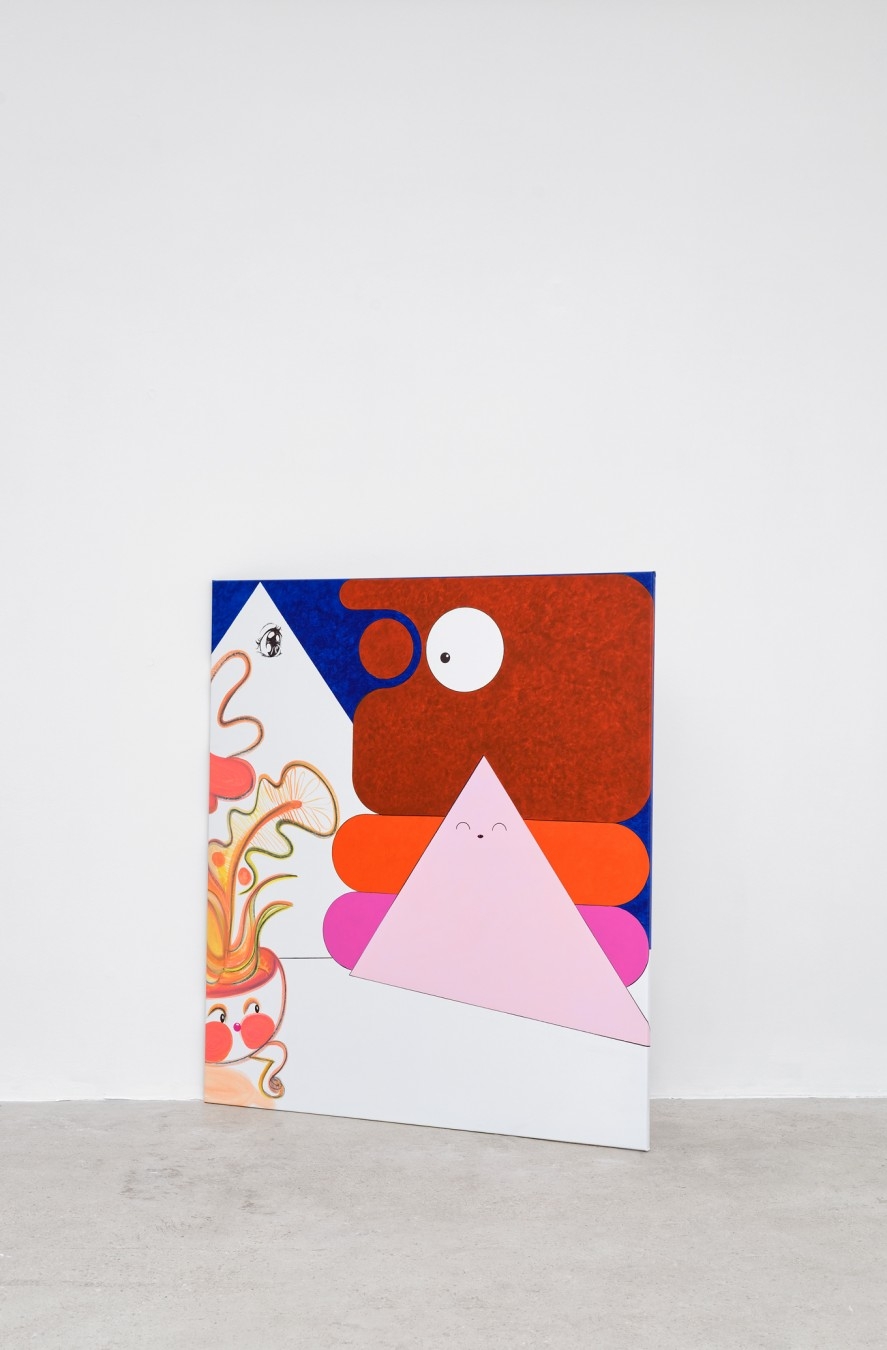 Loading
Loading 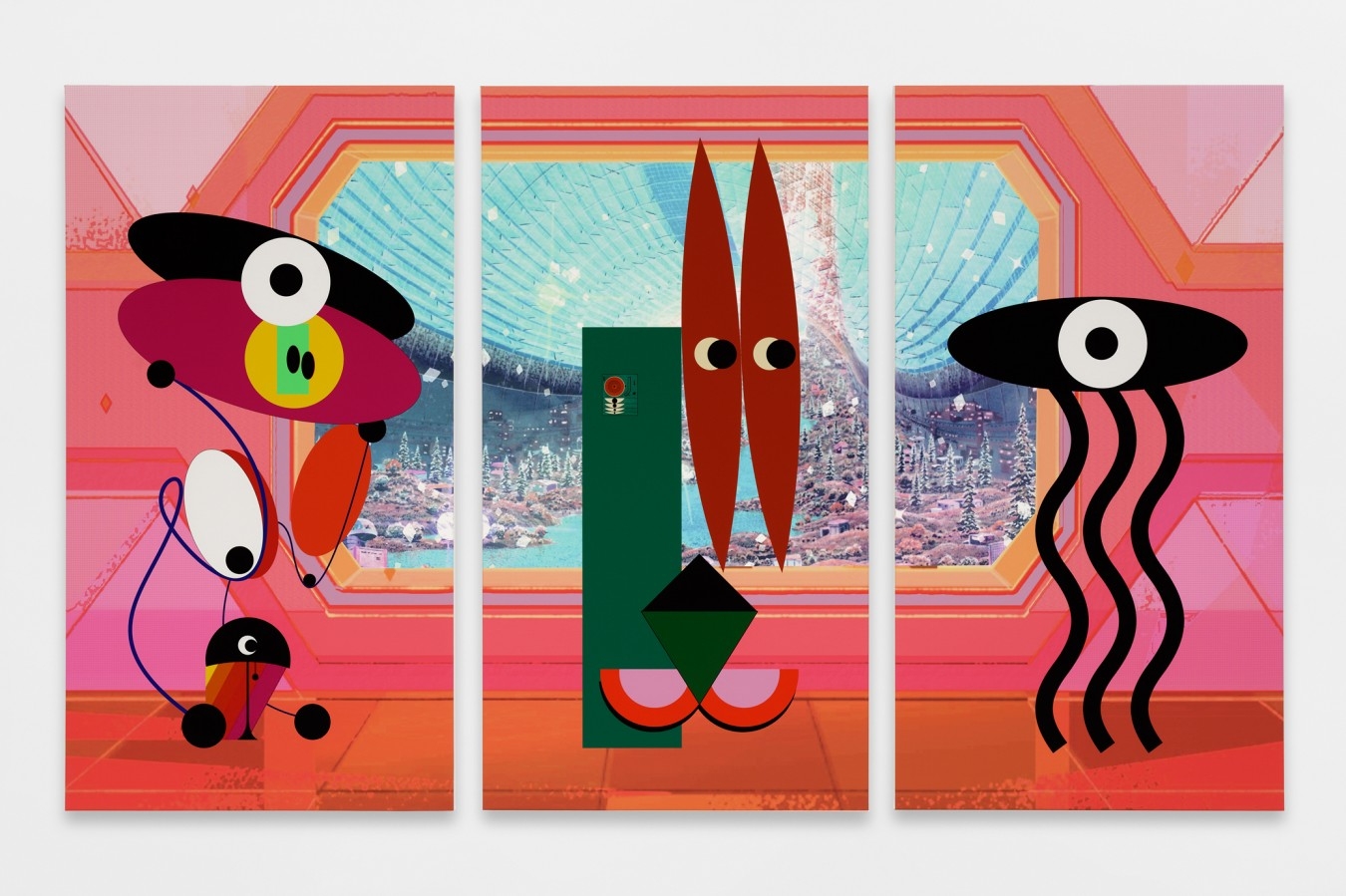 Loading
Loading Abstraccion geometrico-galactica, 2019, unique eco-solvent inkjet print on canvas, 150 × 250 cm (each panel: 150 × 80 cm). © Aurélien Mole
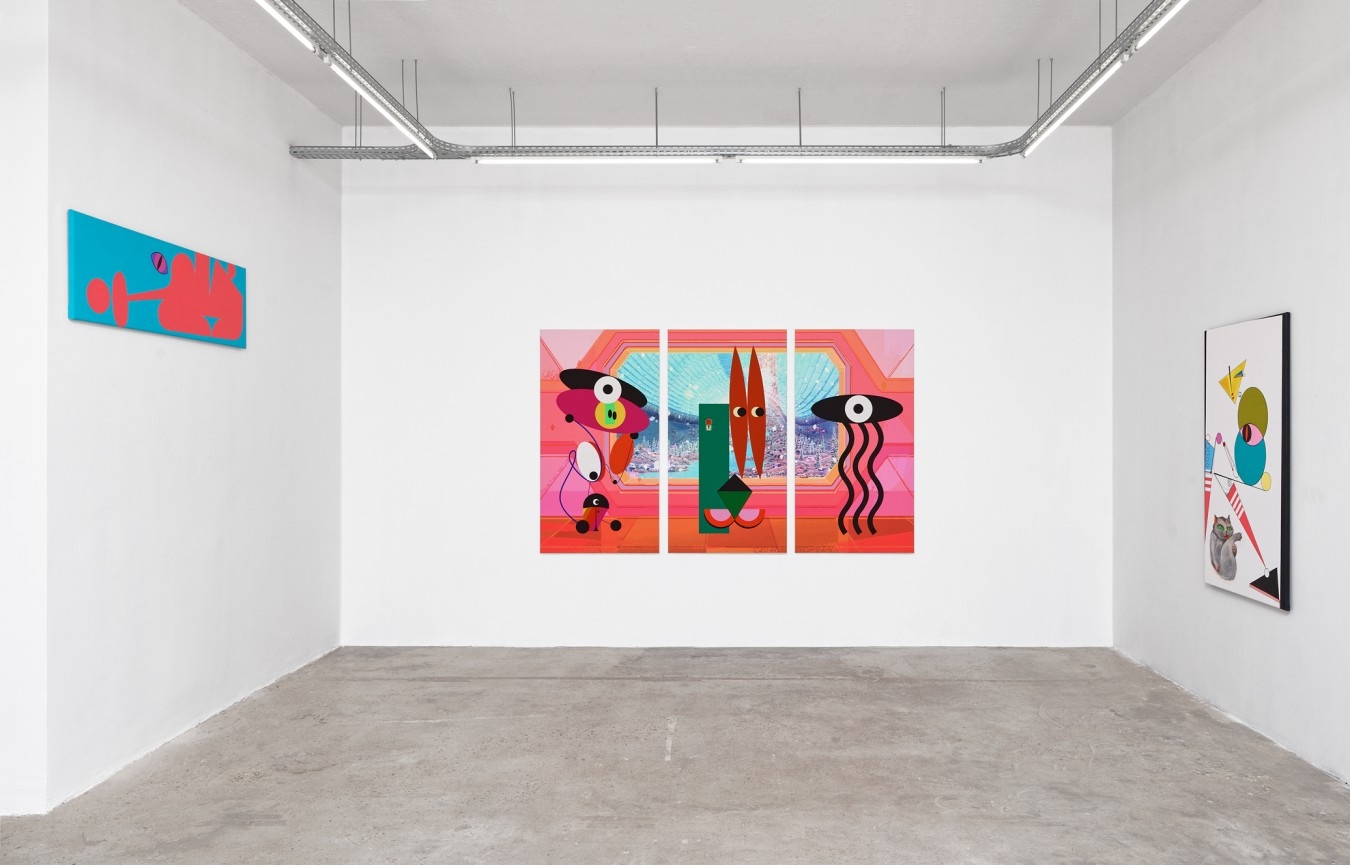 Loading
Loading Playboard, 2019, exhibition view, Crèvecœur, Paris. © Aurélien Mole
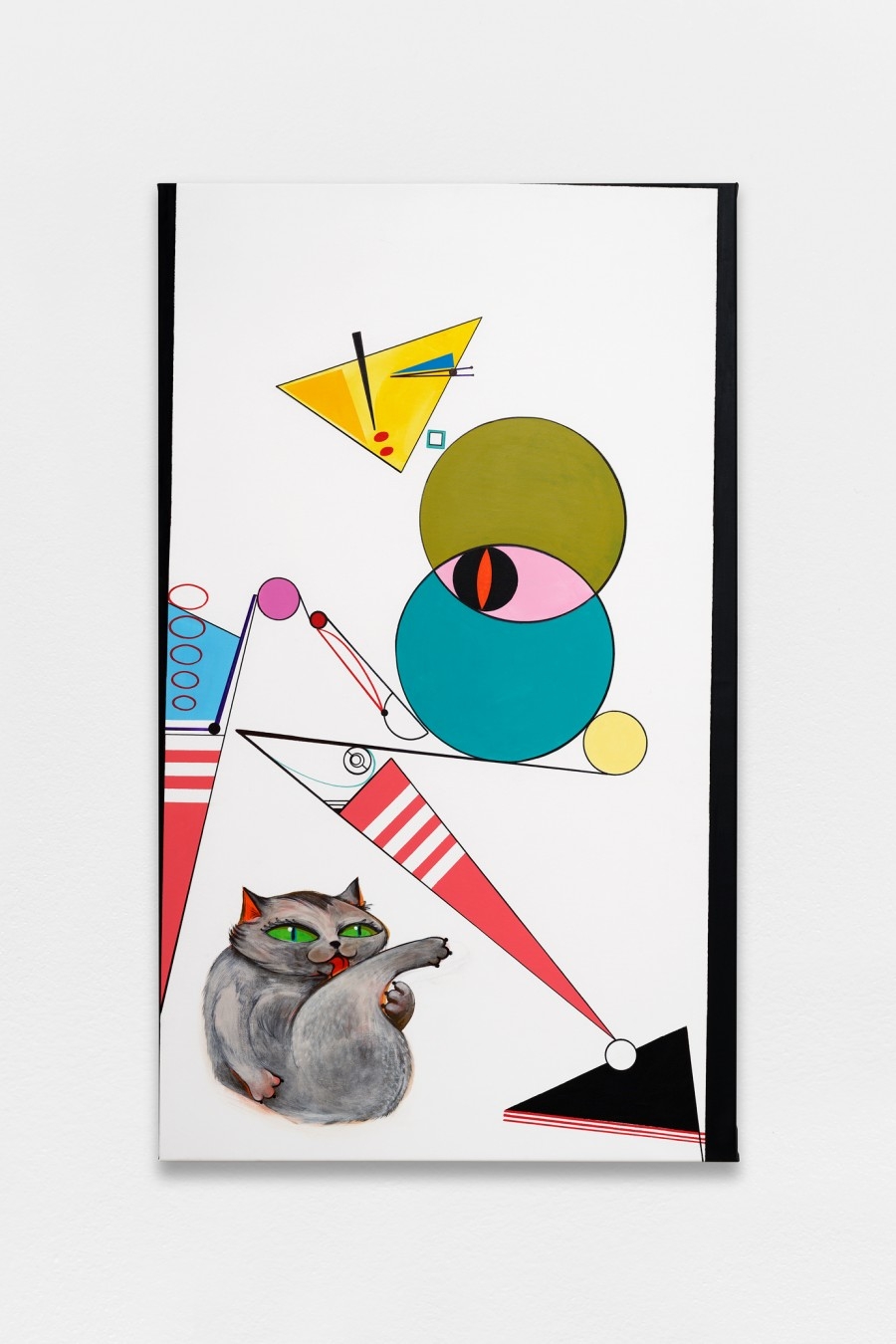 Loading
Loading Geometry with Cat, 2019, acrylic on canvas, 135 × 80 cm. © Aurélien Mole
 Loading
Loading Playboard, 2019, exhibition view, Crèvecœur, Paris. © Aurélien Mole
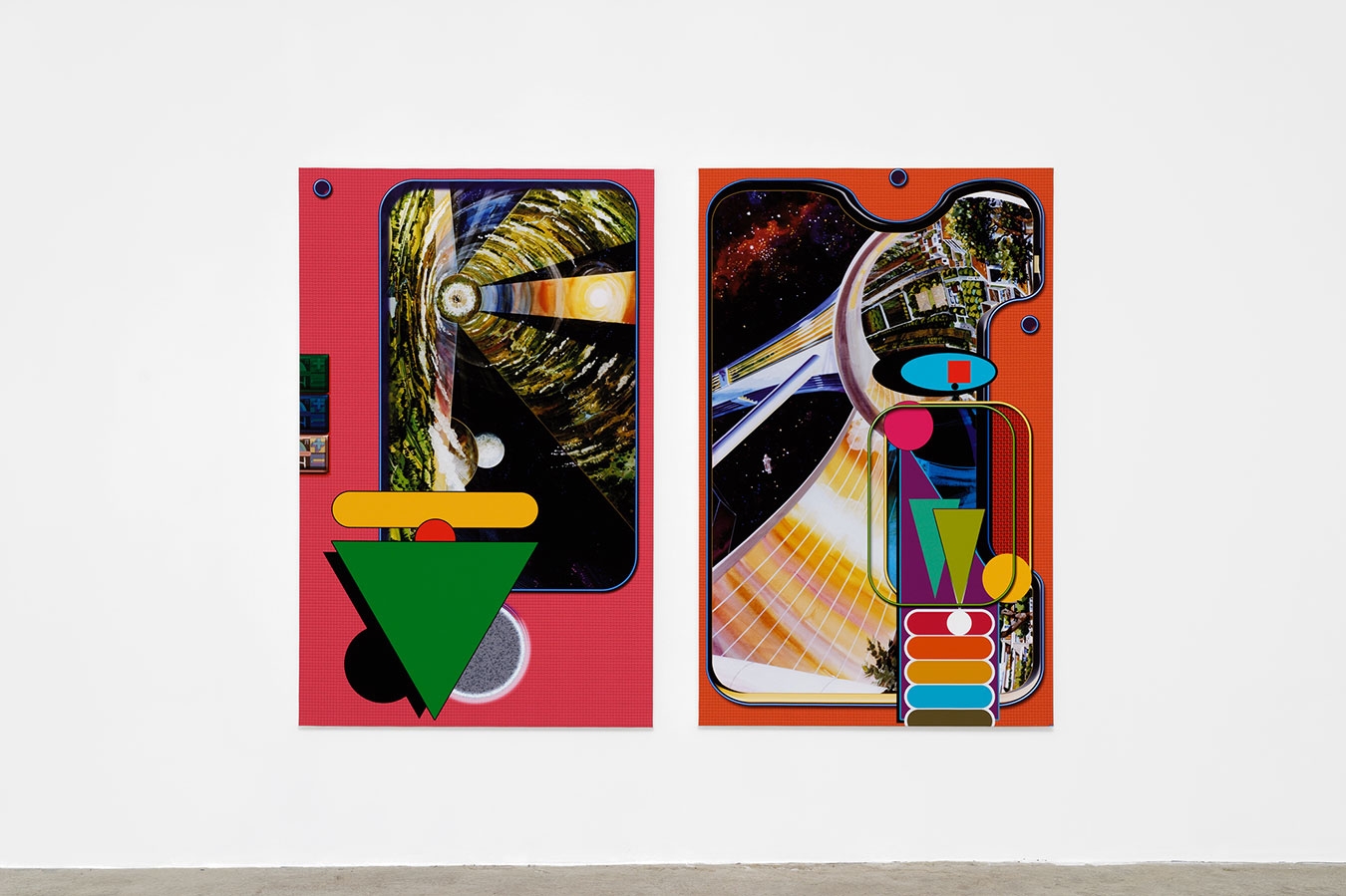 Loading
Loading Playboard, 2019, exhibition view, Crèvecœur, Paris. © Aurélien Mole
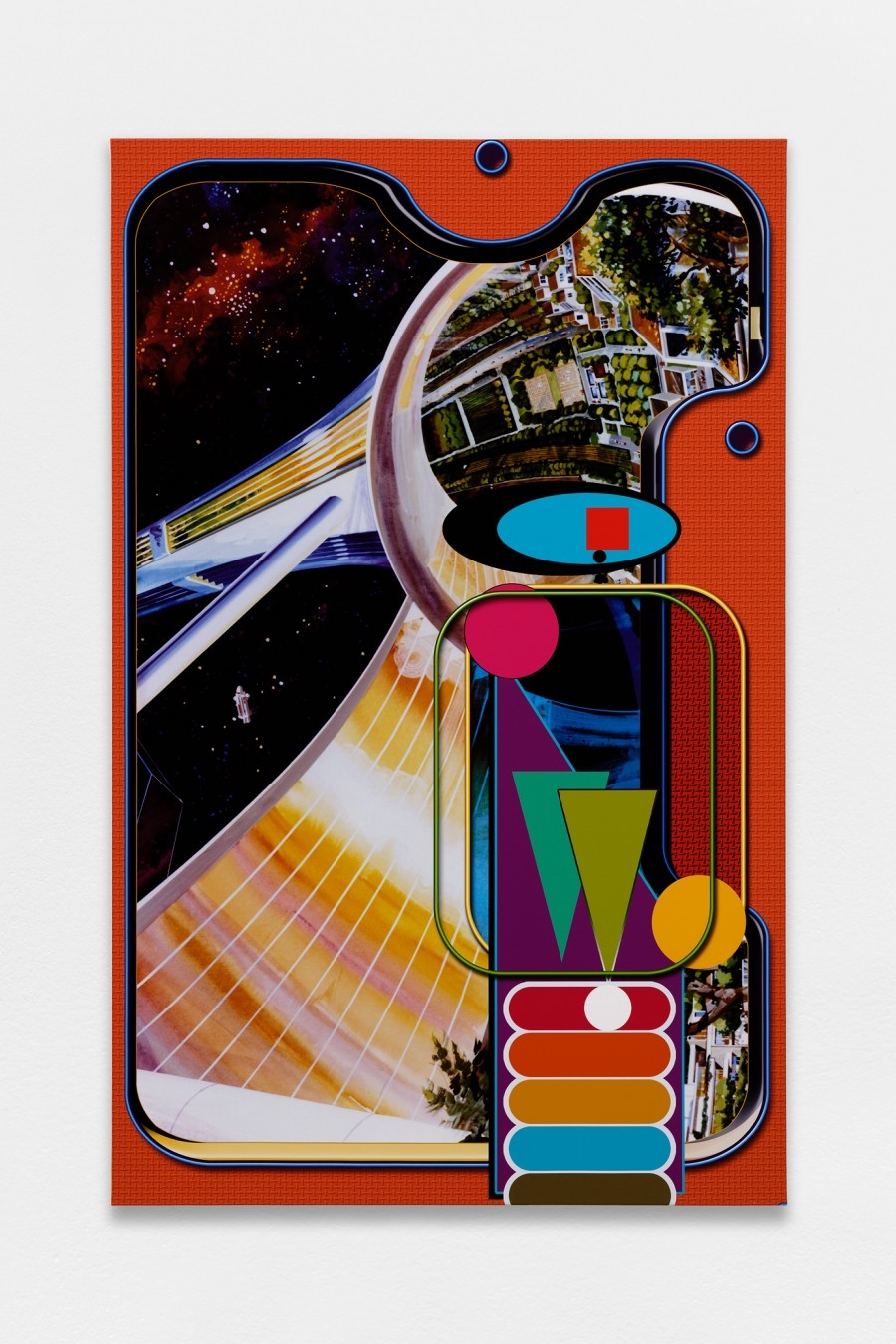 Loading
Loading Geometries on Space #2, 2019, unique eco-solvent inkjet print on canvas, 150 × 95 cm. © Aurélien Mole
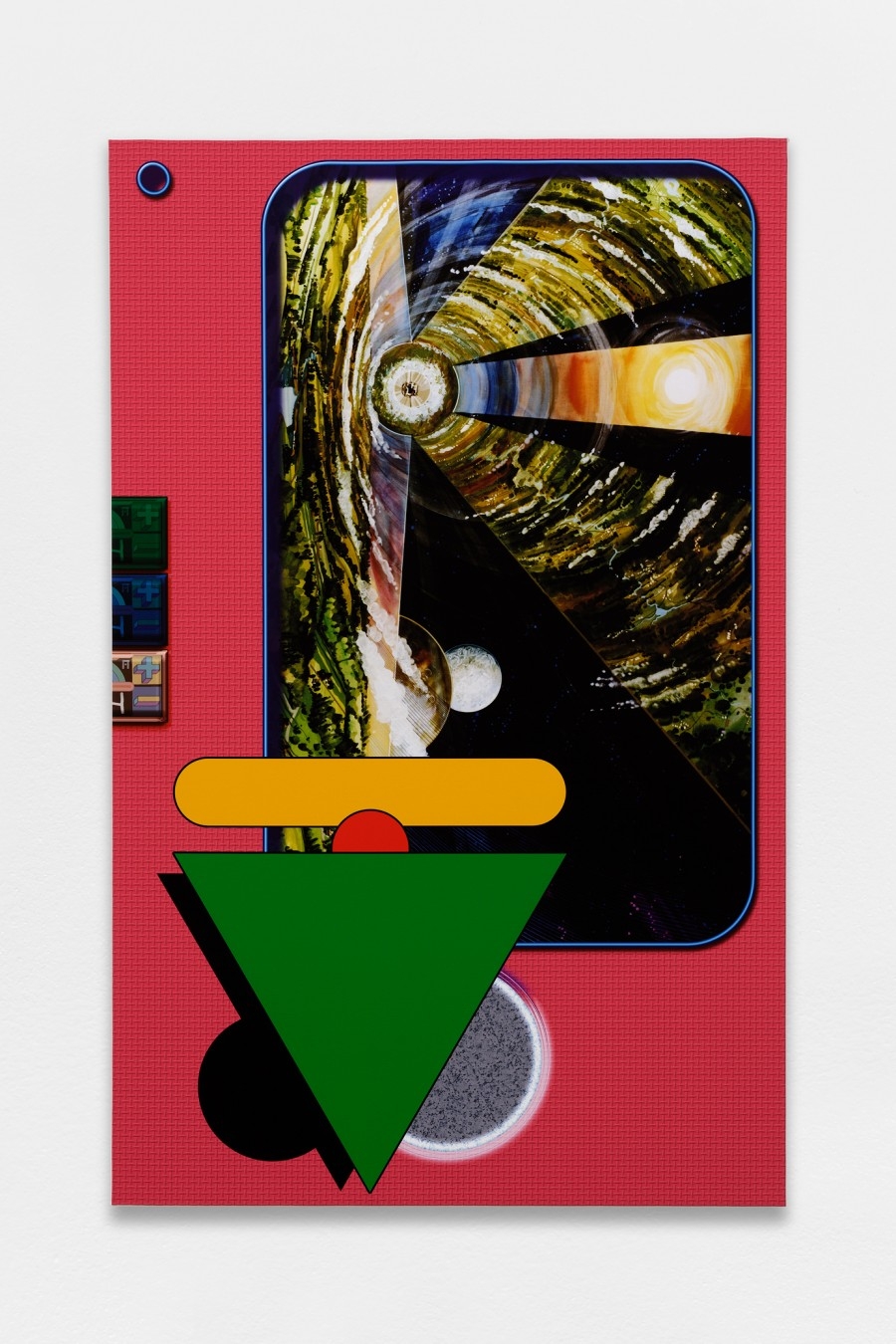 Loading
Loading Geometries on Space #1, 2019, unique eco-solvent inkjet print on Canvas, 150 × 95 cm. © Aurélien Mole
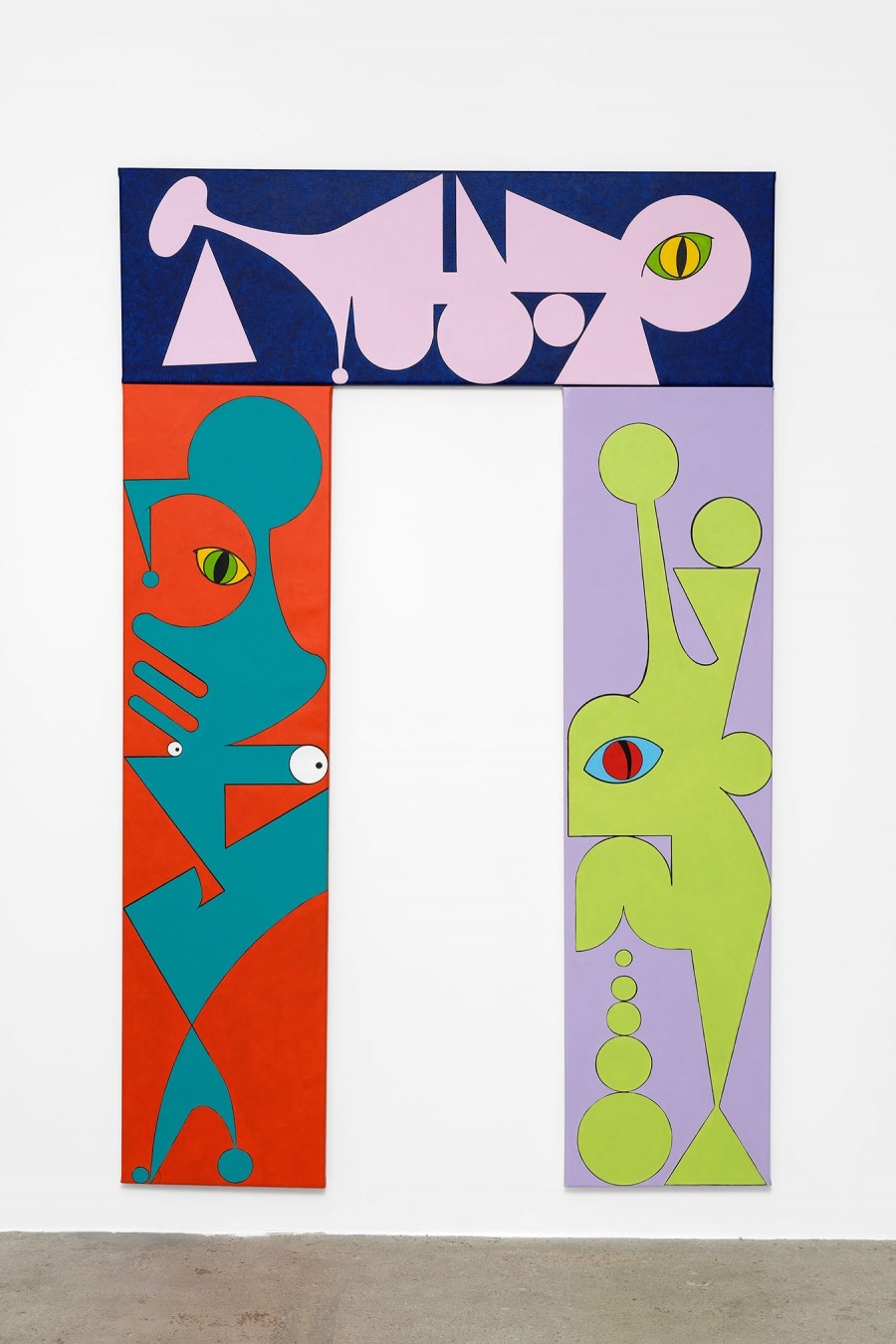 Loading
Loading Cyclope Portal, 2019, acrylic on canvas, 220 × 145 cm (3 panels). © Aurélien Mole
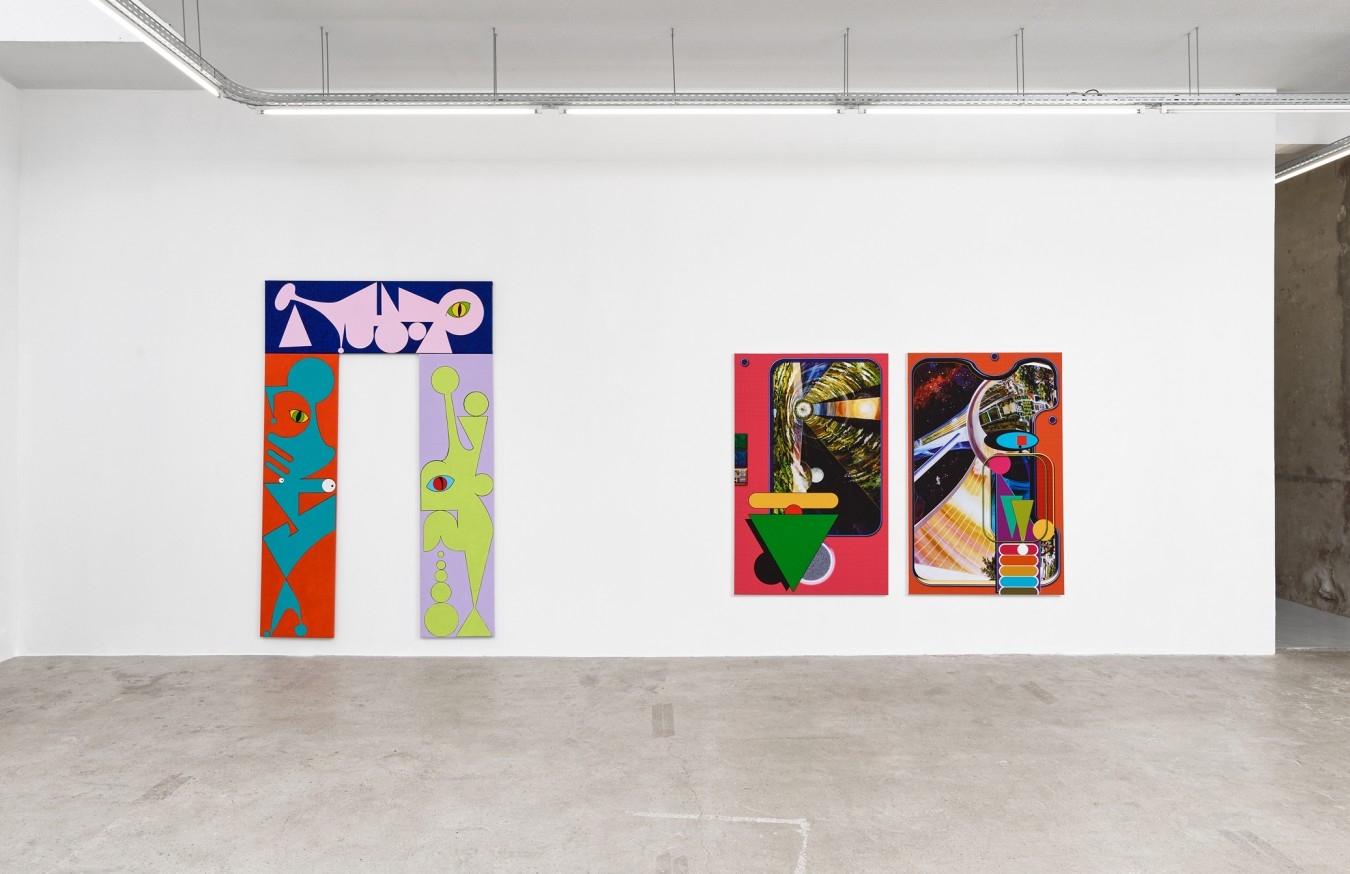 Loading
Loading Playboard, 2019, exhibition view, Crèvecœur, Paris. © Aurélien Mole
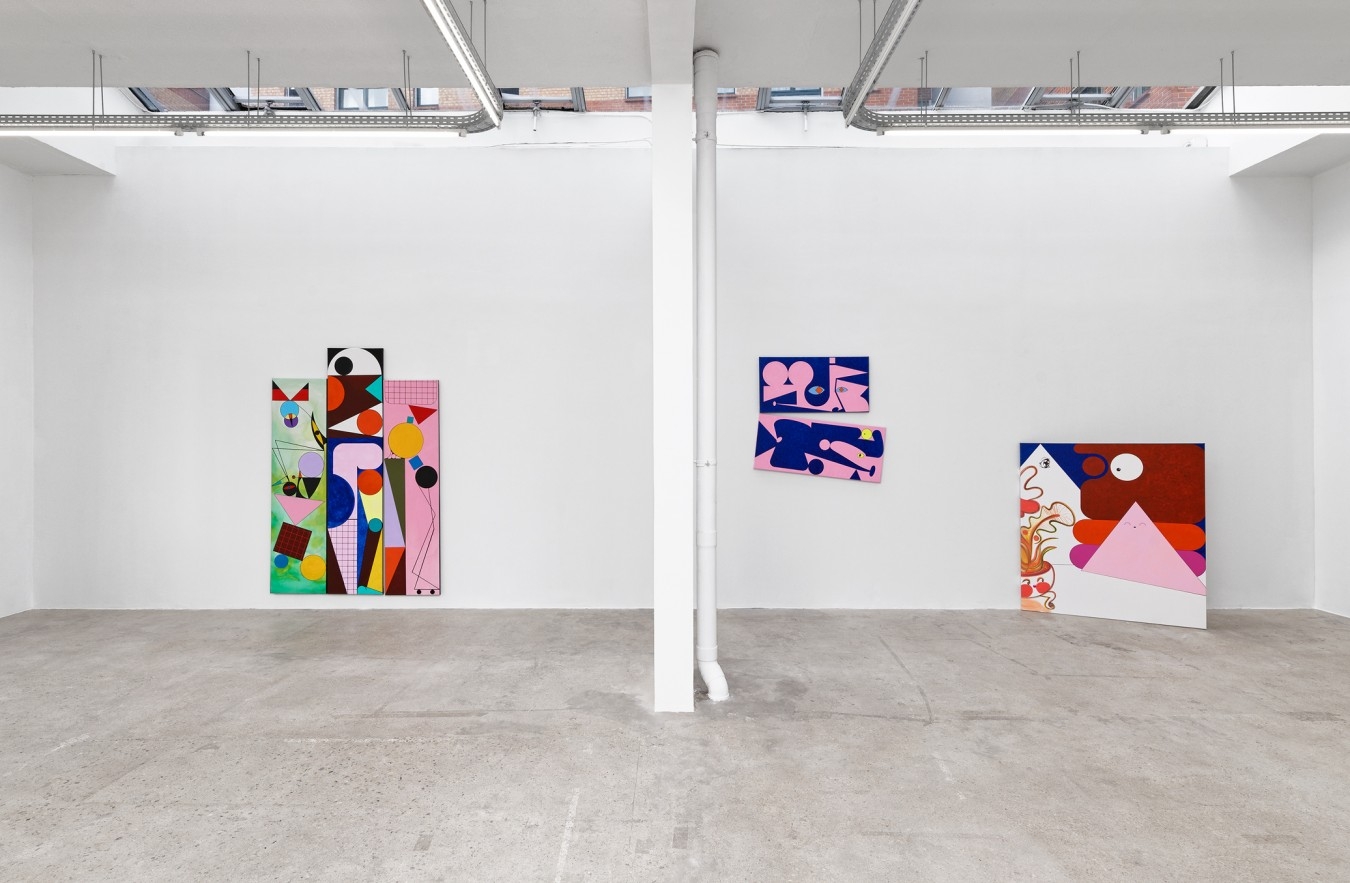 Loading
Loading Playboard, 2019, exhibition view, Crèvecœur, Paris. © Aurélien Mole
 Loading
Loading Scène de genre, 2019, acrylic on canvas, 135 × 120 cm. © Aurélien Mole
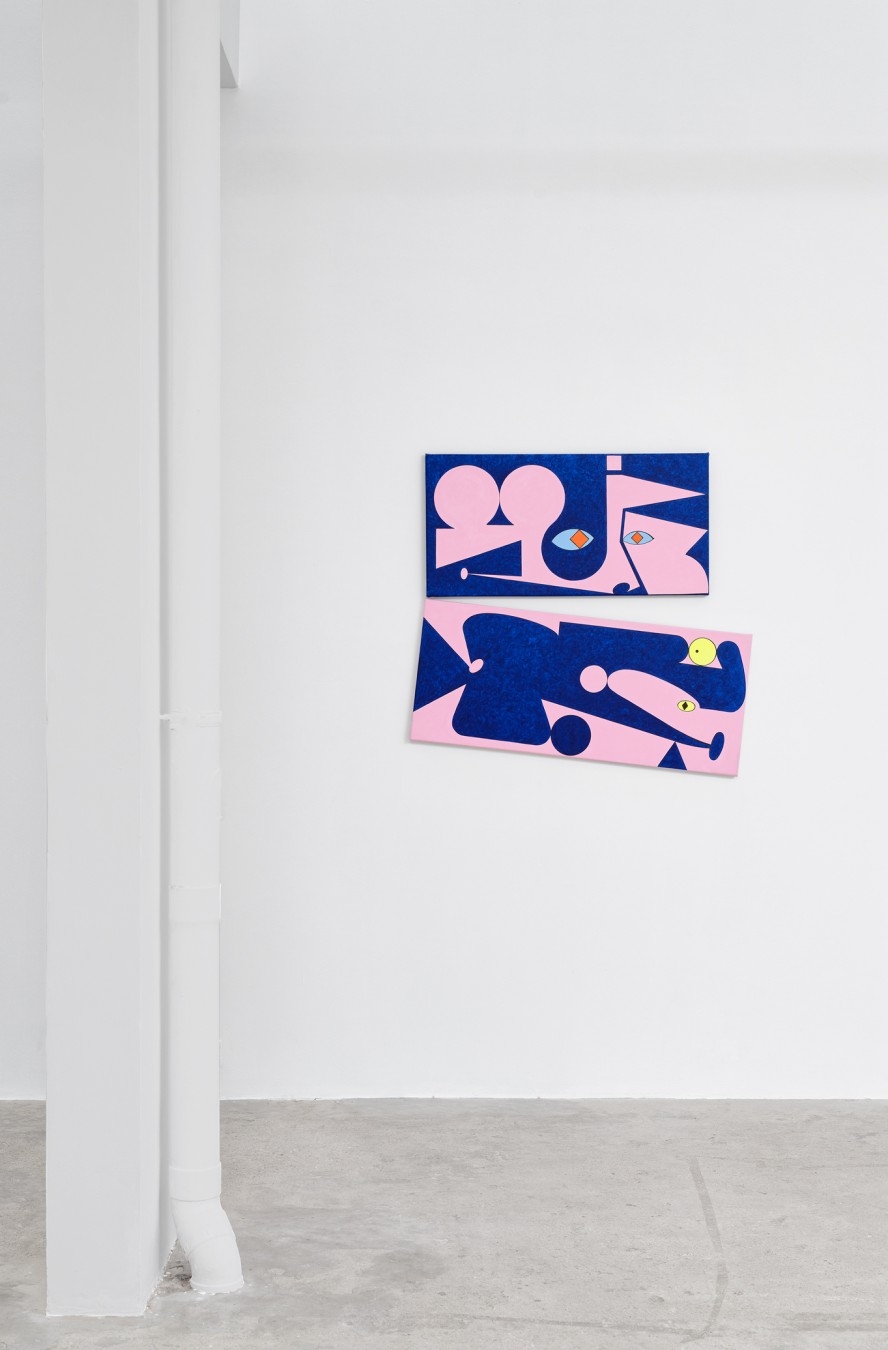 Loading
Loading Ad Minoliti, Playboard, 2019, exhibition view, Crèvecœur, Paris. © Aurélien Mole
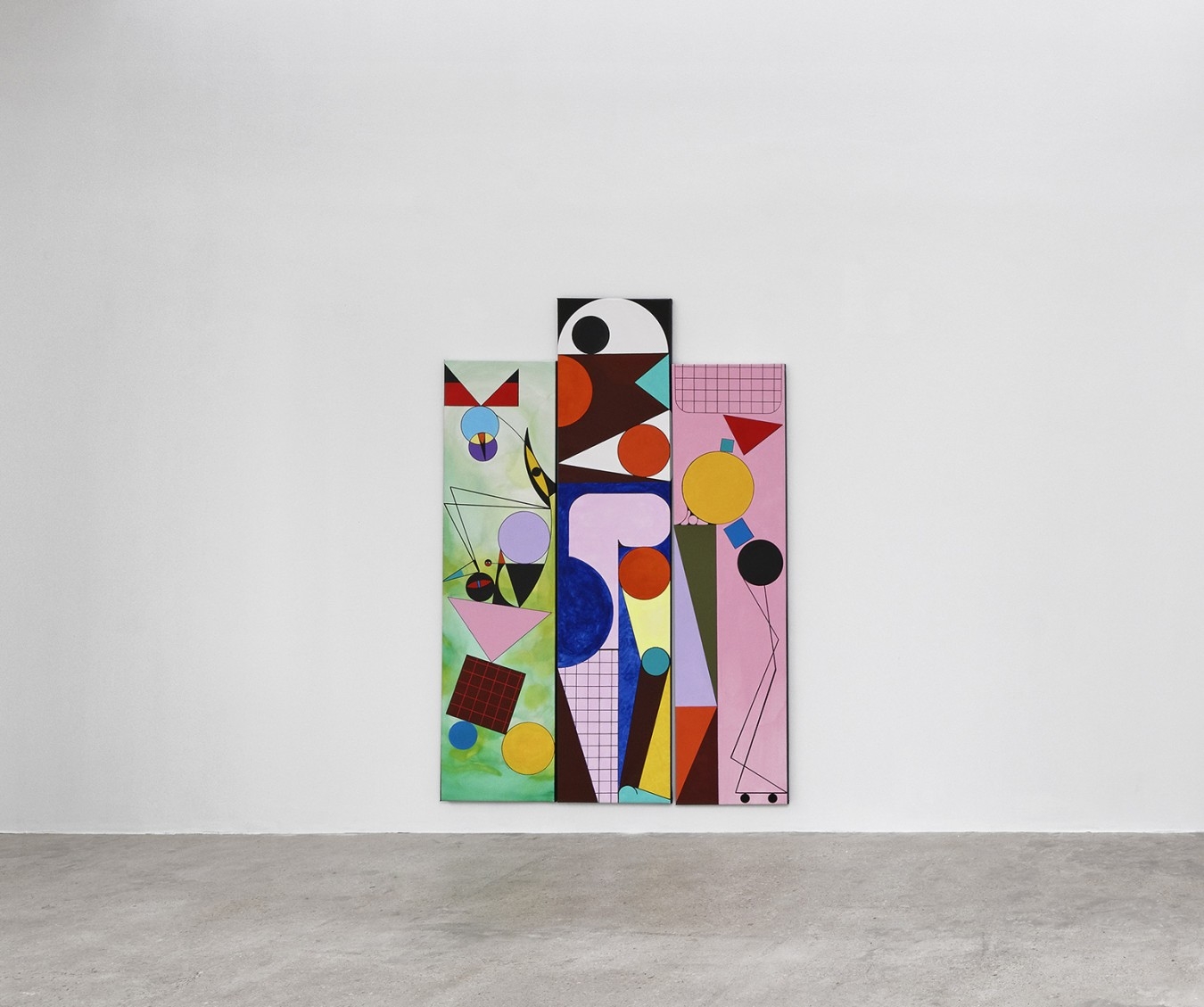 Loading
Loading Las Furias, 2019, acrylic on canvas, 200 × 140 cm. © Aurélien Mole
 Loading
Loading Playboard, 2019, exhibition view, Crèvecœur, Paris. © Aurélien Mole
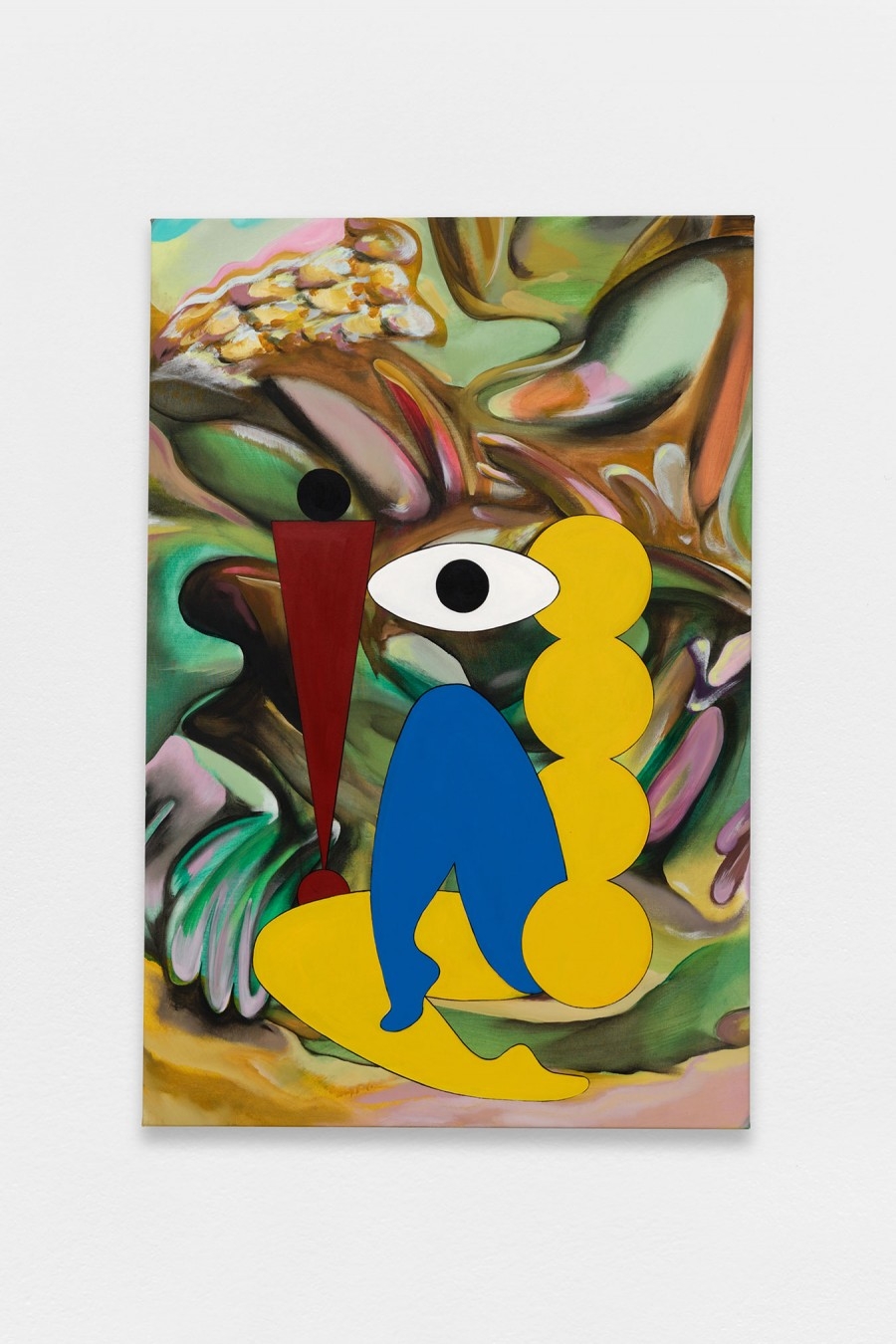 Loading
Loading Queer Geometry #2, 2013, acrylic on canvas, 120 × 80 cm. © Aurélien Mole
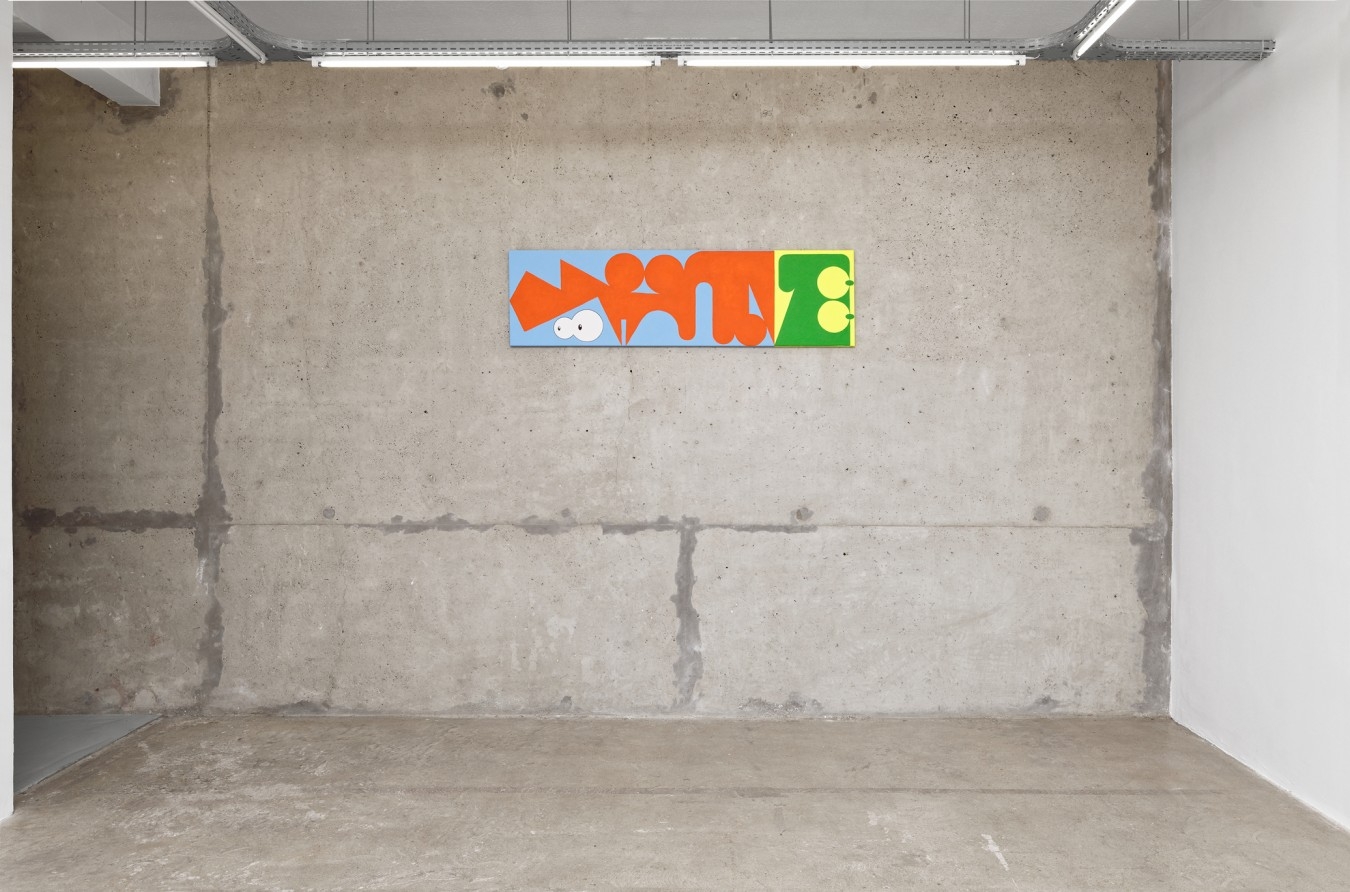 Loading
Loading Untitled (Cyclope), 2019, acrylic on canvas, 50 × 180 cm. © Aurélien Mole
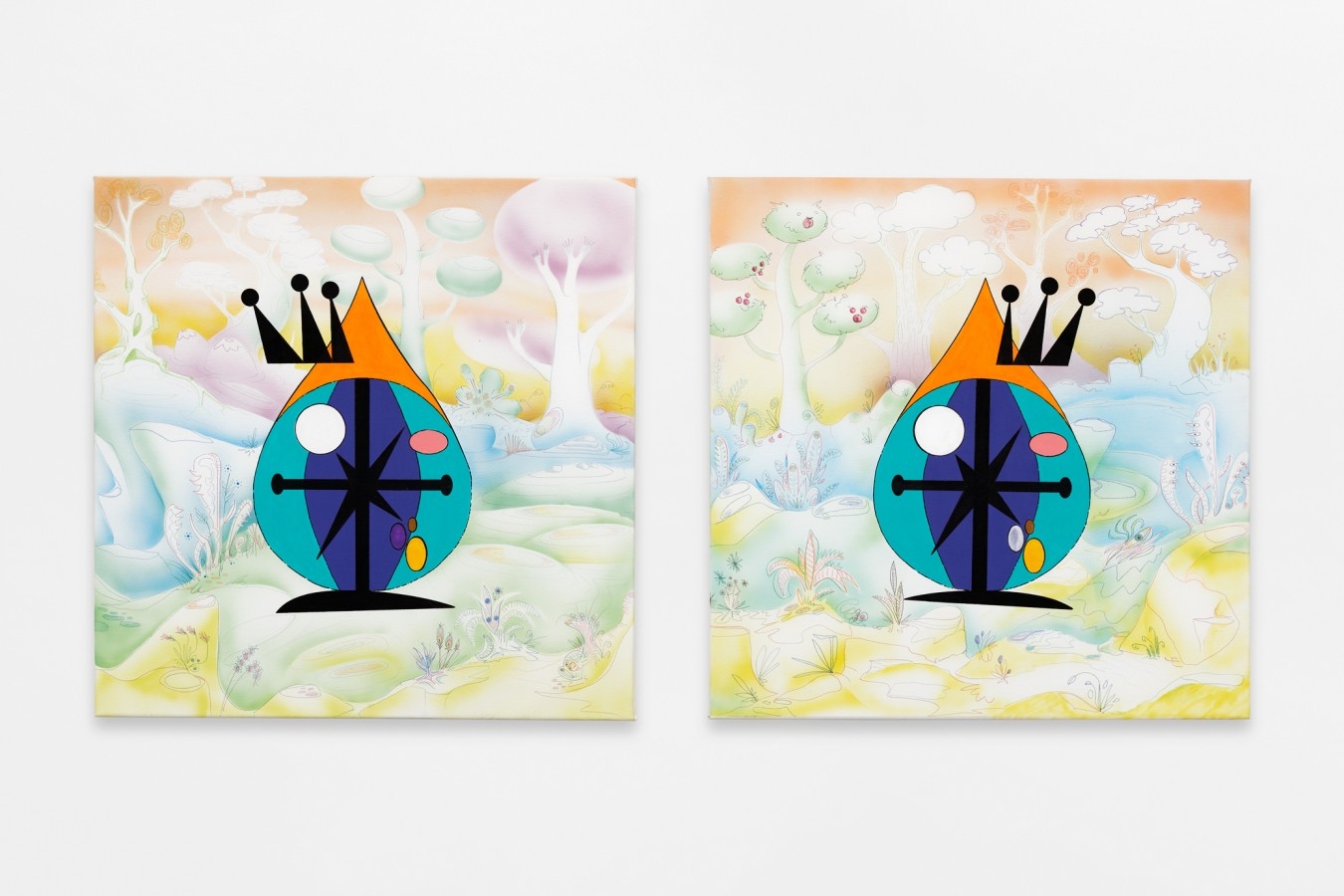 Loading
Loading Ojos, 2019, spraypaint, pencil and acrylic on canvas, 80 × 170 cm (each panel: 80 × 80 cm). © Aurélien Mole